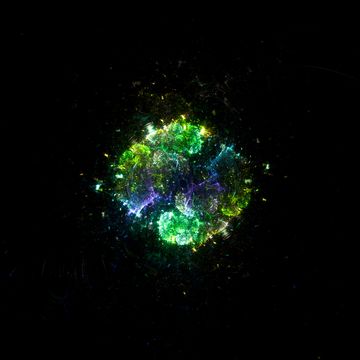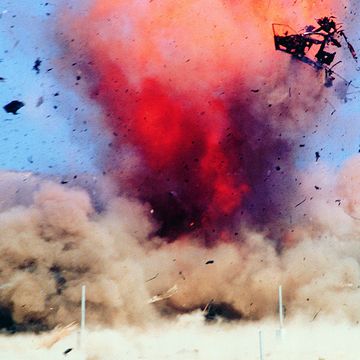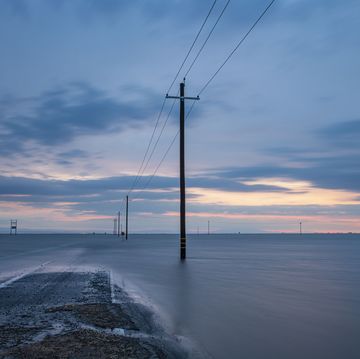- A new report details issues with concentrated solar as it's being implemented today.
- This kind of report is normal, but concentrated solar is a long way from standardized and high performance installations.
- Making "best practices" is critical to any industry and helps train workers and improve outcomes.
The government’s leading laboratory for renewable energy has released a new report detailing the strengths and flaws of concentrated solar energy. The National Renewable Energy Laboratory (NREL) published the report with the stated goal of using very mixed feedback on existing concentrated solar projects to create a list of suggested best practices going forward.
The NREL report “is titled CSP Best Practices, but it can be more appropriately viewed as a mix of problematic issues that have been identified, along with potential solutions or approaches to address those issues,” it begins. What’s inside includes problems shared across concentrating solar power (CSP) projects as well as general issues of large-scale construction. There are also issues with specific kinds of CSP plants based on their designs.
Parabolic trough CSP plants use solar collectors to heat water and generate steam heat, the same as a traditional coal or even nuclear power plant. But in between is a stage called heat transfer (HTF), where a fluid medium like oil or liquid metals carries the heat from the collection area to the turbine.
The CSP report says some of the issues with these systems are the extreme and dangerous heat of the HTF and the waste hydrogen produced by these processes. Designers have also positioned elements vertically at a higher cost, when most CSPs are built in rural places with plenty of space.
The other kind of CSP plant is a tower design, where mirrors concentrate the solar power directly into a central reservoir usually made of molten salt. These plants take a very long time to come to temperature and are subject to leaks and underperformance. All of these factors mean that molten salt plants have not yet reached their performance goals or the numbers their builders have often promised locals served by these grids.
The report says these plants have often exceeded their planned operating budgets because of surprise maintenance costs as well as poor understanding of what the true operating costs will even be. NLER writes:
“There tend to be issues that are not fully considered, and it generally falls to the owner to pick up the additional costs. Some of these issues are related to obtaining and keeping quality O&M staff; lack of understanding of regional cultures; and availability and timeliness of spare parts and services.”
Even with just a few dozen CSP plants in the U.S., the report notes that many of these are placed on poor sites. At the Crescent Dunes solar facility in Tonopah, Nevada, hundreds of birds were killed in just the first 18 months. “That's just the number of dead birds biologists have seen,” E&E News reported in 2016. But site selection also includes making compromises about how far a construction crew must travel to make onsite repairs, or even how to find a qualified workforce to work on the project in the first place.
The bottom line? CSP contractors and operators are doing their best, but the technology isn’t uniform or understood enough for the approach these builders have been taking. “The very nature of fixed-price, fixed-schedule, full-wraparound performance-guarantee EPC contracts has likely been a main reason for issues experienced at existing CSP plants,” the report concludes.
Nothing is wrong with a package deal for projects that are smaller, less complex, or even just technology with a little longer track record. But slowing down on rapid development of faulty new plants could help CSP emerge as a better, more reliable technology going forward.

Caroline Delbert is a writer, avid reader, and contributing editor at Pop Mech. She's also an enthusiast of just about everything. Her favorite topics include nuclear energy, cosmology, math of everyday things, and the philosophy of it all.













